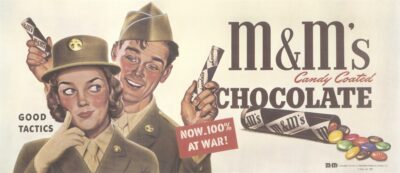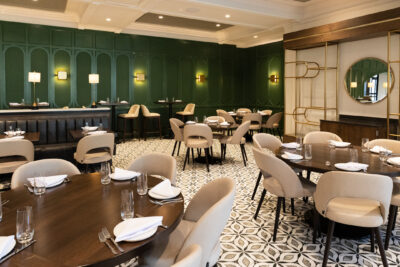Upcycled home décor, an innovative and environmentally conscious approach to interior design, has gained significant popularity in recent years. It’s a creative way to transform discarded or unused items into unique and stylish décor pieces that not only enhance the aesthetics of your home but leads to being a responsible consumer. This trend goes beyond traditional recycling by adding a touch of creativity and personalization to everyday items.
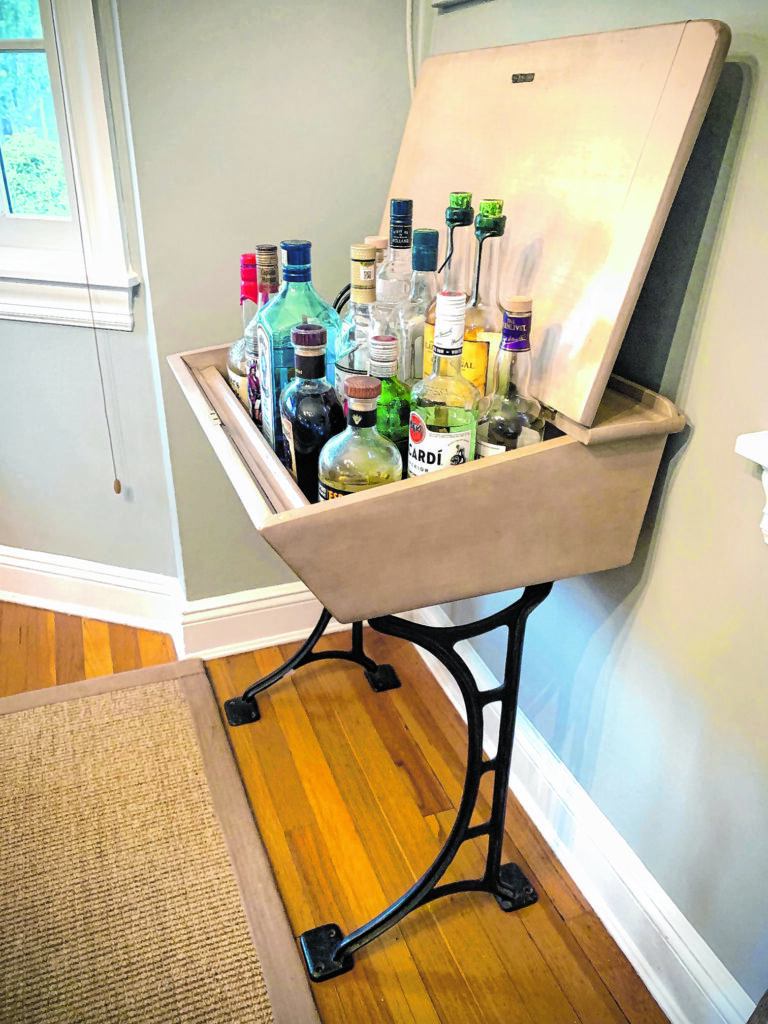
Hidden Gem
Creativity takes center stage in upcycled décor projects. The process involves envisioning new uses and forms for old items, turning them into functional and aesthetically pleasing objects. An old ladder can become a stylish bookshelf, a vintage suitcase can transform into a charming coffee table, and discarded windows can find new life as decorative mirrors. This creative transformation not only adds character to your space but also sparks conversations about the history and story behind each piece.
For insight into this trending hobby, pastime, and sometimes even lucrative side gig, we spoke with Cathryn Mezzo, a multi-disciplined artist in Mineola who upcycles as a hobby for herself.
“Does the aesthetics attract my eye, its shape and design? There are several things that I look at when I am shopping for a piece,” Mezzo shared. “It may be obscured by a dark stain or ugly cushion. I try to ignore the superficial aspects like the color or the upholstery.”
While visualizing a furniture piece’s potential, Mezzo said the first thing she looks for is dovetailing on the drawers.
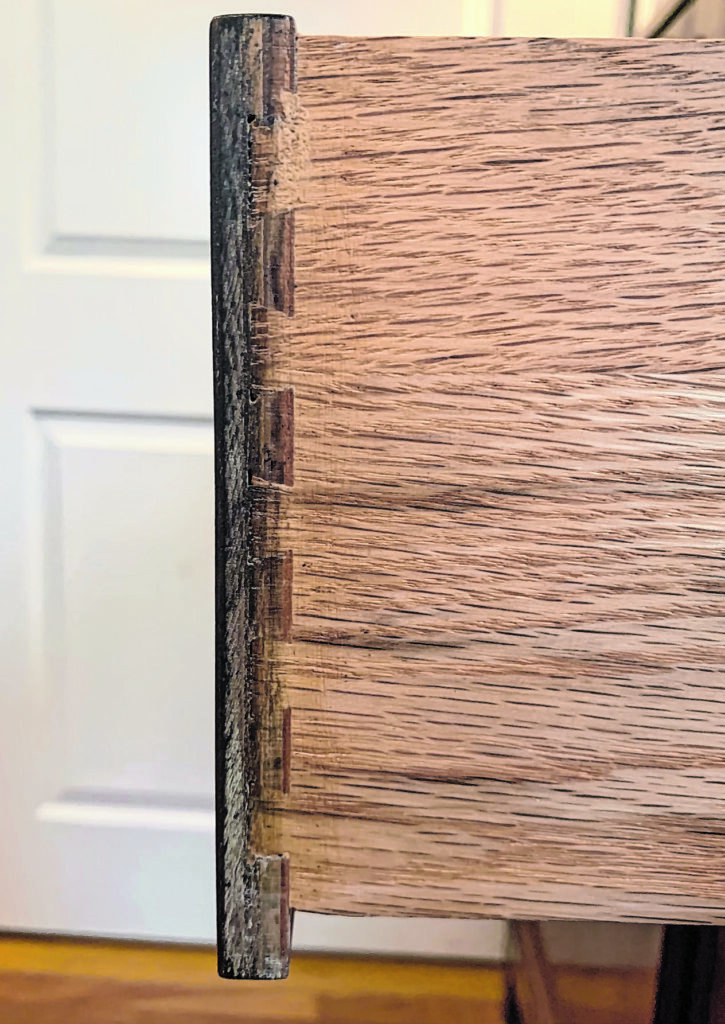
(Cathryn Mezzo)
“That means it’s well-made, not screwed together and will easily fall apart. I look for a logo or name on it, inside a drawer, on the back or underneath the piece. Usually as I am in the shop, I Google it to get some information, to check the brand name or the value. I bought something with a logo inside and brass accents once. The brass knobs were so dirty that it was hard to tell it was brass until I got it home and started polishing it.” It was a mid-century modern piece, worth more than the money that she spent on it.
DIY
Upcycling also encourages a do-it-yourself (DIY) mindset. Engaging in upcycled décor projects allows you to explore your creative side and develop practical skills.
“A good cleaning with soap and water, sometimes a cleaning with lemon oil on the wood will help to bring something back to life,” Mezzo said. “Then you can start to see what really needs attention.”
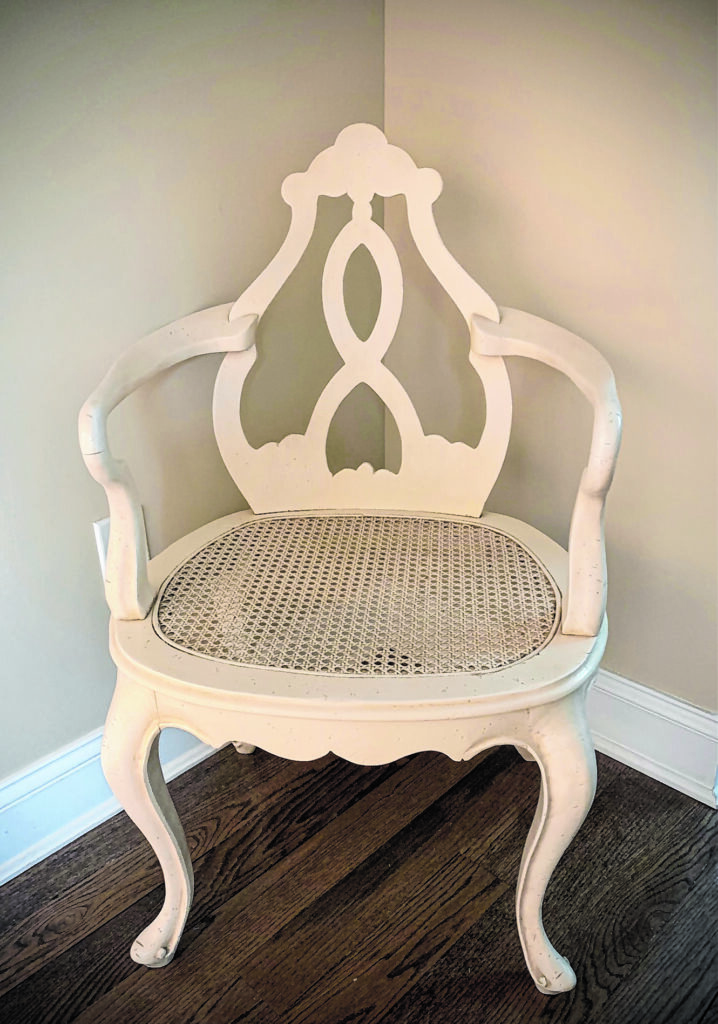
From sanding and painting to sewing and repurposing, you can learn various techniques that not only benefit your home but can also lead to new hobbies and passions. DIY upcycling can be a fulfilling way to spend your time, enhancing your living space while nurturing your creative abilities.
“I got a sander for Christmas, so I am willing to go a little further like sanding and repainting something myself before I look for outside help,” Mezzo said. “If it is something that is supposed to look a little rustic or bohemian, then I will do it myself.”
YouTube is loaded with DIY tips and tutorials to help restore nearly anything yourself. Most people draw the line at cosmetic fixes before seeking help from a professional like recaning, reupholstering, major woodworking repairs.
“If I am looking for something to be a high-end finish, I leave that to the professionals,” Mezzo said.
Some of the quickest, most reliable resources to finding a good professional who specializes in the repairs you need are simply word-of-mouth. Ask a neighbor, post an “in search of” note on your neighborhood Facebook page and you are likely to uncover several suggestions.
Cost
Another advantage of upcycled décor is its affordability. Purchasing new furniture and décor items can be expensive, but upcycling provides a cost-effective alternative. Many upcycling projects can be completed with minimal investment, often requiring just some basic tools, paint, and a healthy dose of imagination. This makes home decoration accessible to a wider range of individuals, regardless of their budget.
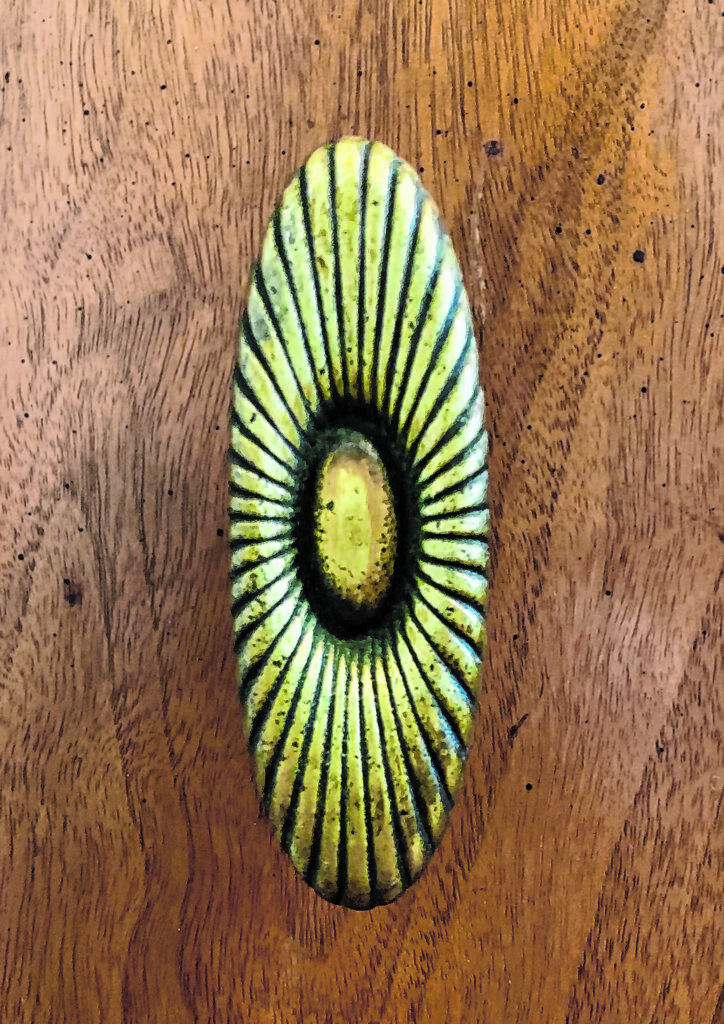
When you are in resale and thrift shops, or even get lucky and see something old curbside, it is easy to overlook a hidden gem. The ripped or worn fabric cushion, the wobbly leg or the stained armrest are all cosmetic and easily remedied. It usually costs less to make minor repairs and bring a piece back into luster than to spend top price on a brand-new equivalent, not to mention, that new piece will not survive half as many decades.
Sentimental
Upcycled décor pieces are inherently unique and personalized. Since you’re working with items that have a history, each finished project carries a story.
“I have been upcycling décor forever, definitely since I got married, more than 30 years ago,” Mezzo said. “The first thing that I acquired were my husband’s grandmother’s chairs that are still my dining room chairs today.”

The chairs date back to the 1940s.
“We just recently had them refinished and reupholstered,” Mezzo said. “I always loved them because they have this beautiful carved backrest, in addition to the sentimental value.”
The bones of furniture made before the 1960s that are still in existence are of amazing craftsmanship.
“These chairs are rock solid,” Mezzo said. “Chairs now are not as well made; they are not as heavy, and they are always very expensive.”
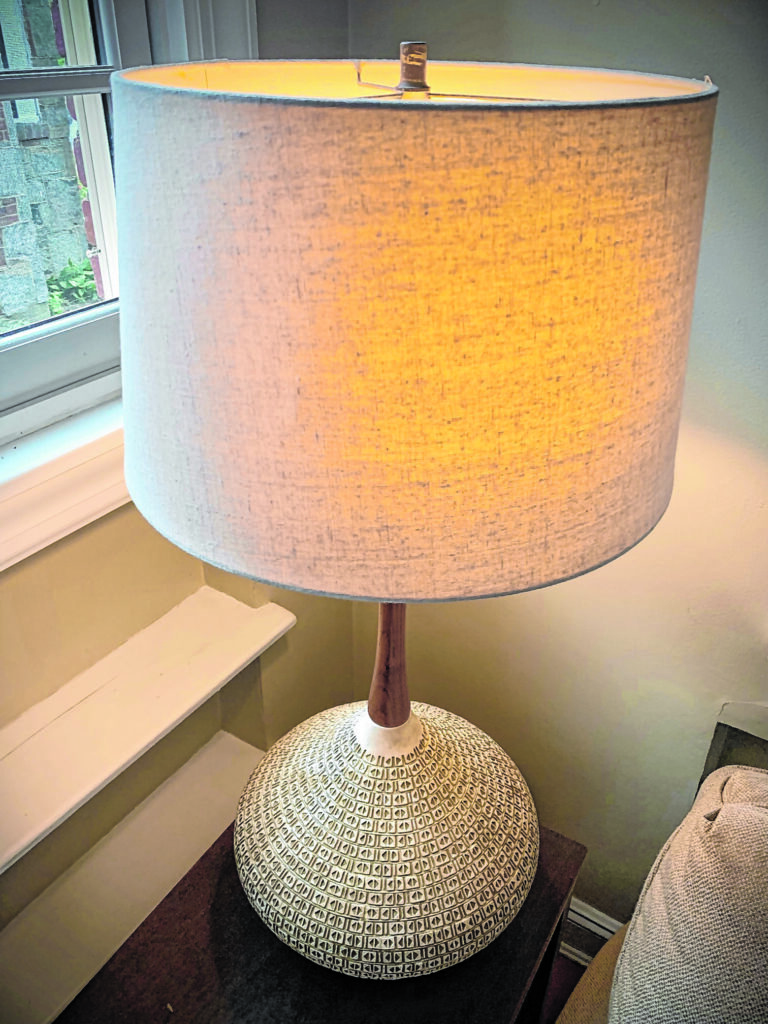
Whether it’s a table made from reclaimed wood, or a lampshade crafted from old maps, your décor becomes a reflection of your individuality and taste. These pieces can’t be replicated in mass production, ensuring that your home truly stands out.
Embracing upcycled home decoration also encourages a shift away from the throwaway culture that has become so prevalent in modern society. It promotes a sense of mindful consumption and a deeper appreciation for the value of items. Rather than discarding things at the first sign of wear, upcycling urges you to see potential in the old and to extend the lifespan of your belongings.
Upcycled home decoration offers benefits that extend beyond aesthetics. It’s a sustainable and creative way to decorate your living space while minimizing environmental impact.
Through upcycling, you transform discarded items into cherished décor pieces, each with its own story to tell. This practice encourages resourcefulness, creativity, and a sense of responsibility towards the environment, all while allowing you to create a home that’s uniquely yours. Whether you’re repurposing old furniture or breathing new life into forgotten trinkets, upcycled décor embodies the beauty of innovation and sustainability in interior design.
There are literally hundreds of thrift, resale and consignment shops, not only in Nassau County, but across Long Island in any direction. It is nearly impossible to list every one of them.
In addition to curbside on garbage night, eBay, of course, Facebook Marketplace and local online sale groups, here are a couple of places to start looking.
· St. Vincent De Paul in Garden City Park
· Savers in Hempstead
· United Methodist Church Thrift in Floral Park
· Wilson’s Dry Dock in Glen Cove
· Long Island Trading Post in Bellmore
Upcycling revolves around the idea of repurposing items that might otherwise end up in landfills. Old furniture, salvaged wood, vintage clothing, discarded glass bottles and various odds and ends can find new life as stunning décor elements. From small decorative accents to larger statement pieces, the possibilities are as diverse as the items themselves.
One of the primary benefits of upcycled home décor is its positive impact on the environment. By reusing materials, you reduce the demand for new resources and minimize the resources needed for manufacturing and transportation. This reduction in waste and carbon footprint aligns with a more sustainable lifestyle and helps combat the environmental challenges.
Visit www.cathrynmezzo.com and mezzoartanddesign.com to learn more about Mezzo’s work. Follow her on Instagram (@cmezzoart) for her daily updates and artistic revelations.


